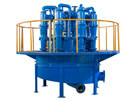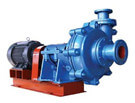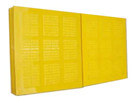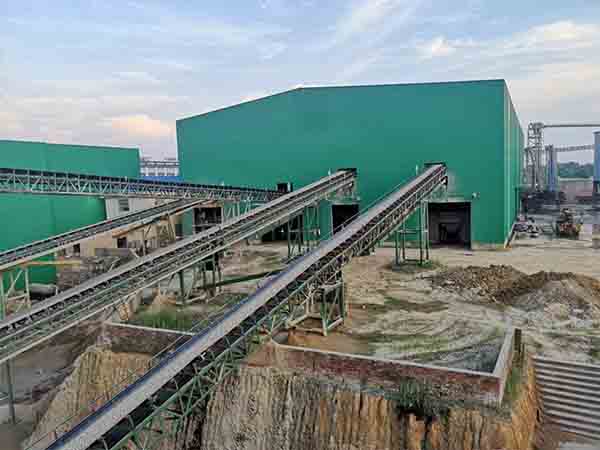Hot Product

- Hydrocyclone Group
Hydrocyclone group is widely used in coal preparation plant...

- Slurry Pump
Slurry pump is mainly used in mining, power plant, dredging, metallurgy...

- Polyurethane Dewatering Screen Panel
In addition to the performance of...
Some Information Of Belt Conveyor
Date: 2025-08-13 From: Longding Author: admin
A belt conveyor is a continuous conveying machine that uses a flexible conveyor belt as both a material carrier and a traction member. An endless conveyor belt loops around a drive roller and a bend roller. The upper and lower branches between the two rollers are supported by rollers. Material is placed on the upper branch, and the friction between the drive roller and the belt pulls the belt and material along.

Belt conveyors are suitable for conveying bulk materials and finished goods horizontally and inclined, and can also be used in assembly lines performing certain process operations. They feature a simple structure, stable and reliable operation, strong adaptability to materials, high conveying capacity, and low power consumption, making them widely applicable.
Some Information on Belt Conveyor
1. Belt conveyors are available in both fixed and mobile styles, featuring simple structures and high efficiency.
2. Conveyor belts are made of a variety of materials, including rubber, silicone, PVC, and PU. Besides conveying common materials, they can also meet special requirements such as oil resistance, corrosion resistance, and anti-static properties. Specialized food-grade conveyor belts are used to meet the requirements of industries such as food, pharmaceuticals, and daily chemicals.
3. Belt conveyor structures include trough belts, flat belts, climbing belts, curve belts, and telescopic belts. Belts can also be equipped with accessories such as lifting baffles and skirts to meet various process requirements. Worktables and light fixtures can be installed on both sides of the conveyor, making it suitable for belt conveyor assembly lines for electronic instrument assembly and food packaging.
4. Belt conveyor drive options include reduction motors and electric rollers.
5. Applications include light industry, electronics, food, chemicals, wood, hardware, mining, and machinery.
6. Features of belt conveyors: They provide smooth conveying, with no relative motion between the material and the belt, thus minimizing damage to the material being conveyed. They are quiet, making them suitable for applications requiring a quiet working environment. They also have a simple structure and are easy to maintain. They also consume less energy and have low operating costs.
Leave a Message
Here you can submit any questions and we will get back to you as soon as possible. We will not disclose the information you submit to anyone, please rest assured.


Inquiry